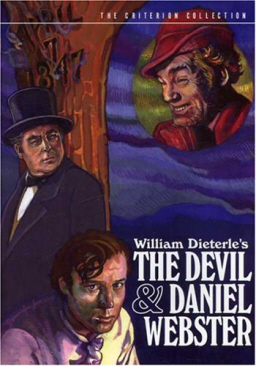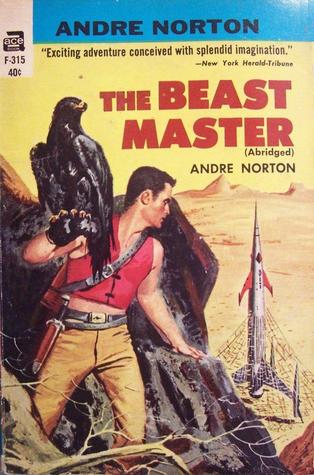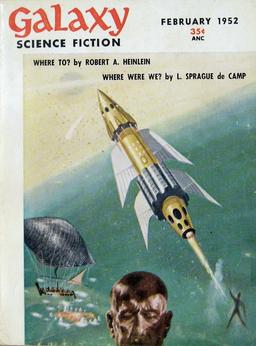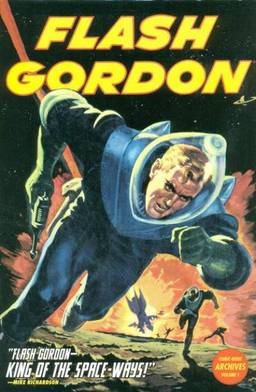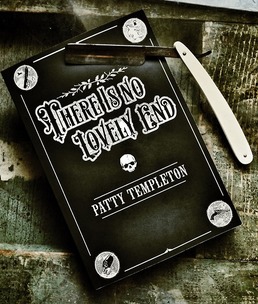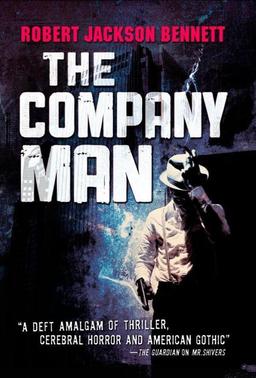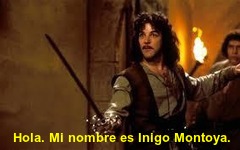The Public Life of Sherlock Holmes: The Great Profile (Barrymore) Plays the Great Profile
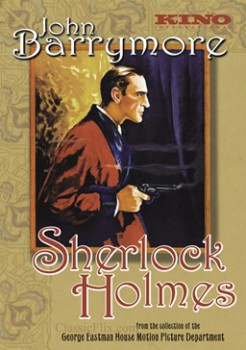 Back in May, I wrote about Eille Norwood’s turn as the silent film era’s finest Holmes. Now, just about any discussion concerning who the greatest actor of the silent era was will involve the name John Barrymore, who was known as “The Great Profile.”
Back in May, I wrote about Eille Norwood’s turn as the silent film era’s finest Holmes. Now, just about any discussion concerning who the greatest actor of the silent era was will involve the name John Barrymore, who was known as “The Great Profile.”
So, it’s natural that he would make a film about a character that over a hundred years after his creation can still be readily identified by his profile.
By 1922, John Barrymore was an established star in both the US and Great Britain and had made a hugely successful version of Dr. Jekyll and Mr. Hyde just two years before. Actor/director Albert Parker was determined to make a Holmes film with the forty year-old Barrymore in the lead role.
Of course, there was a minor snag, as Stoll Pictures (starring Norwood) had locked up the rights to Doyle’s original stories, with Sir Arthur’s own assistance. So Parker had an actor and an idea, but no script. The man was certainly energetic, and he rushed to Chicago and met with the great William Gillette, who was touring with his own play, Sherlock Holmes (subject of a future post).
Parker bought the rights to film the play (which had already been done in 1916 starring Gillette himself: sadly, no known print exists of that one) and arranged a deal with Samuel Goldwyn. This would easily be the most lavish and well-financed Holmes film to date.
